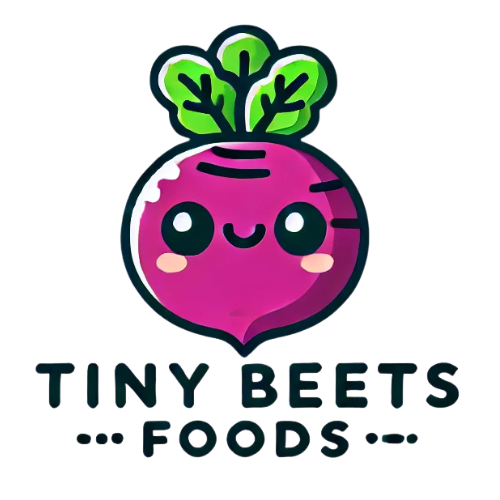When it comes to feeding, it's essential to understand the difference between gagging and choking, as well as how to respond appropriately in each situation. In this blog post, we will explore the differentiating between gagging and choking in babies and provide tips to help keep your precious bundle safe during mealtime adventures.
Understanding Gagging and Choking: Gagging and choking are common concerns that can occur during a baby's introduction to solid foods. It's crucial to differentiate between the two to respond effectively:
Gagging: Gagging is a protective reflex that helps prevent choking. When a baby gags, it means that a piece of food or an object has triggered a reflex in the back of their throat. This reflex pushes the object forward, often resulting in coughing, spluttering, or retching. Gagging is a normal part of a baby's learning process as they explore different textures and learn to manage their food.
Choking: Choking, on the other hand, occurs when an object becomes lodged in the throat and blocks the airway. It is a serious and potentially life-threatening situation. Signs of choking include difficulty breathing, inability to cry or cough, and a change in skin colour, such as turning blue or pale. Immediate action is required to dislodge the object and restore normal breathing.
Tips for Responding to Gagging:
-
Stay Calm: It's natural to feel anxious when your baby gags, but remaining calm is essential. Panicking may increase your baby's distress.
-
Observe and Encourage: Watch your baby closely as they eat and pay attention to their cues. Encourage them to self-feed and explore different textures, as this helps them develop their gag reflex and learn how to manage food safely.
-
Avoid Forceful Intervention: Unless your baby is in immediate danger, it's generally best to avoid forceful intervention, such as sticking your fingers into their mouth to remove the gagged food. Let them try to manage it themselves.
-
Offer Support: Sit close to your baby during meals, providing supervision and support. Make sure they are sitting in an upright position and avoid distractions that may hinder their focus on eating.
-
Cut Food & oook into Age-Appropriate Sizes: To minimize the risk of choking, cut food into small, manageable pieces appropriate for your baby's age and chewing abilities. Unsure on if you have prepare food correctly? do the "Smush Test"(mashable between your thumb & forefinger).
- Raw Apple & Carrot
- Whole Grapes(cut in half before serving)
- Sausages of any type(unless broken up & skinless)
- whole or frozen Blue berries(squish before serving)
- Loose corn Kernals
- Whole nuts & seeds
- Dried Fruits
- Whole Prawns
- Popcorn
- Nut & seed Butters on their own(mix in yoghurt or spread it on bread)
Tips for Responding to Choking:
-
Act Immediately: If your baby is choking and unable to cough, cry, or breathe, you must act swiftly. Follow the Australian guidelines for choking first aid, which may include back blows and chest thrusts. Familiarize yourself with these techniques in advance. (St Johns Fact Sheet)
-
Seek Emergency Help: If your attempts to dislodge the object are unsuccessful, call emergency services immediately. It's crucial to have professional medical assistance in such situations.
Promoting Safe Mealtime Practices:
-
Supervise: Always supervise your baby during mealtimes, ensuring they are sitting in an upright position and paying attention to their food.
-
Offer Nutritious Foods: Introduce a variety of age-appropriate, nutritious foods to expand your baby's palate. Aim for a balanced diet rich in fruits, vegetables, whole grains, and proteins.
-
Stay Informed: Keep yourself updated with the latest Australian guidelines and recommendations on infant feeding and safety practices.
Conclusion: Differentiating between gagging and choking is vital for ensuring the safety of your little one during their feeding journey. Understanding the signs and appropriate responses to each situation empowers you as a parent to create a safe environment for your baby's exploration of solid foods. By staying informed and implementing best practices, you can foster a positive mealtime experience, promoting healthy growth and development for your child.
